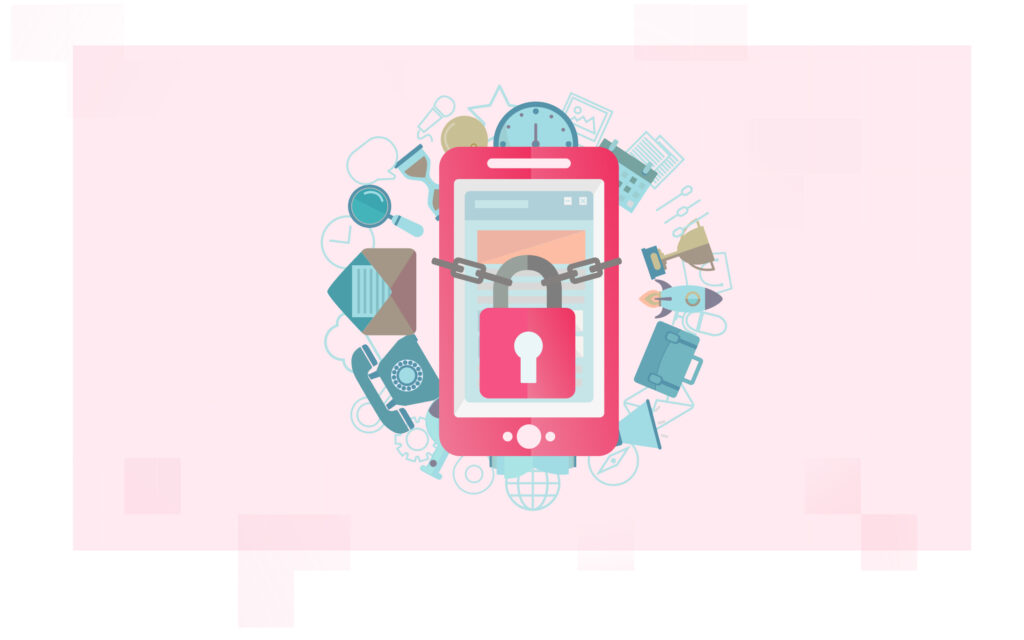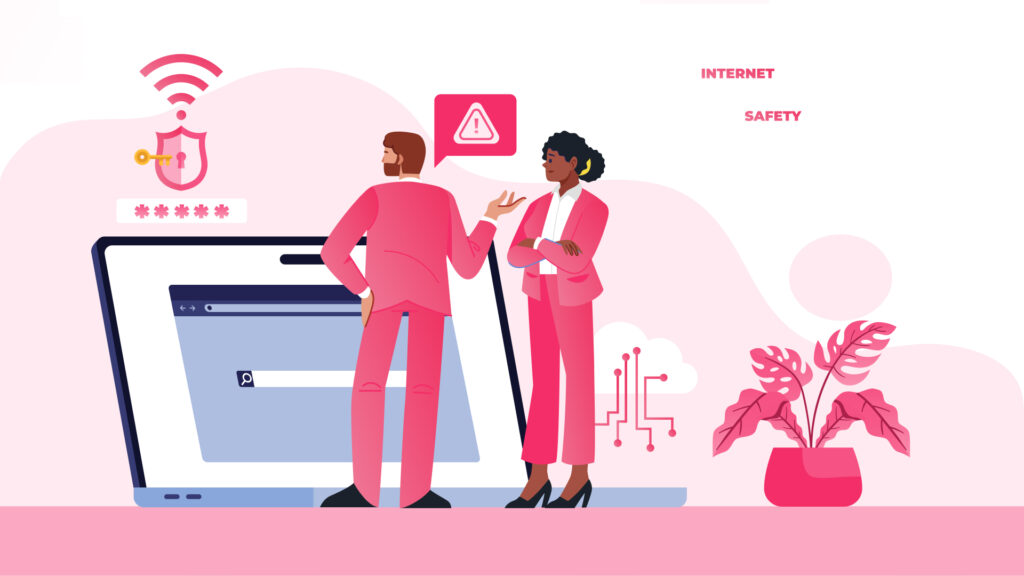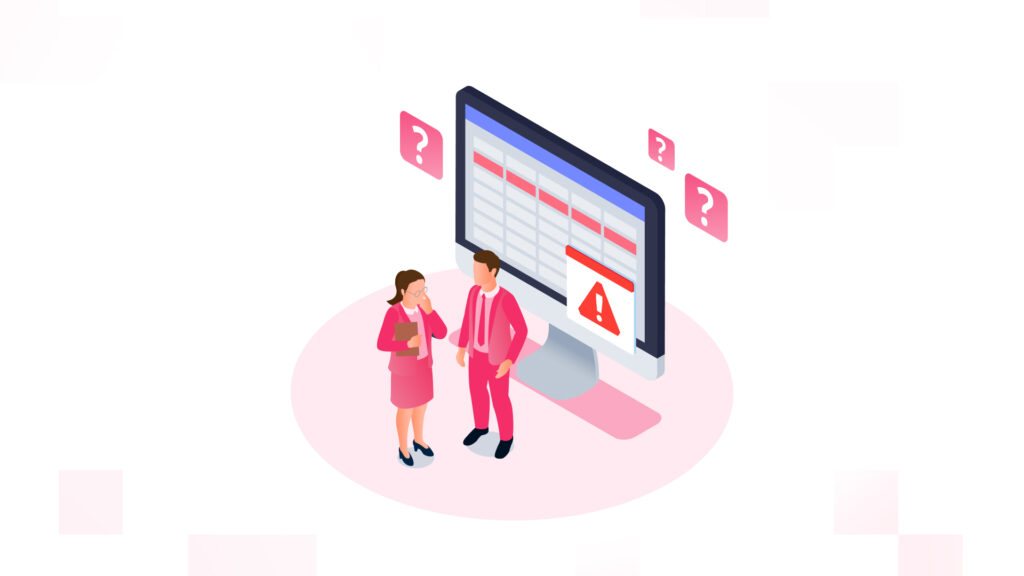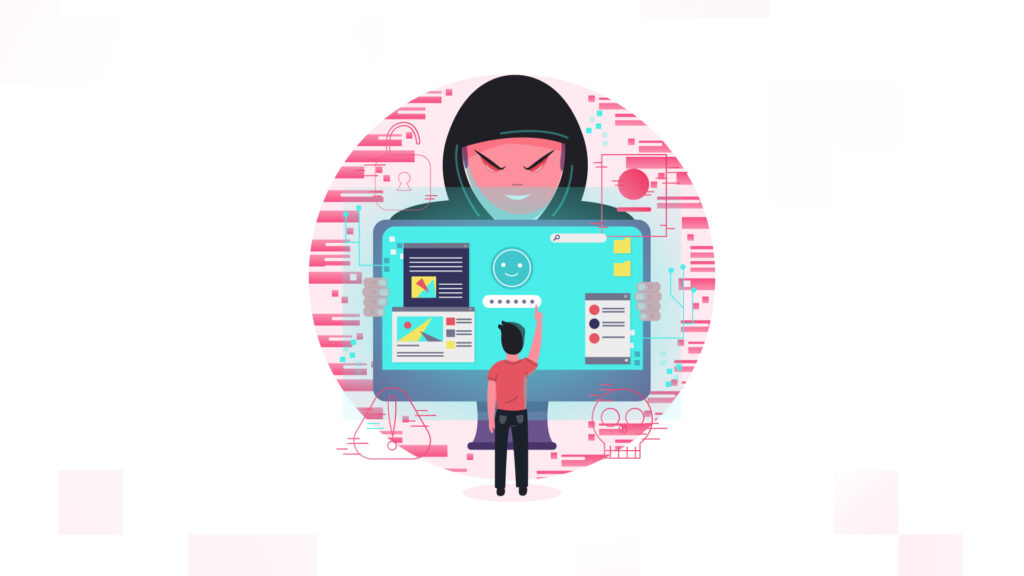Software Security Tips & Best Practices Every Business Should Follow

Security has become a major concern in digital shopping. There are numerous platforms where buyers get exposed to cyberattacks. And this issue makes it harder for you to build trust and let new customers shop with you.
This issue further cost you money! Tiny vulnerability in your system exposes sensitive customer data. The study conducted by IBM in 2023 gives us an eye-opening number of cyberattacks happening every 39 seconds and costing businesses an average of $4.45 million per data breach.
The problem starts with weak passwords, outdated systems, or a simple phishing email opening the door to serious cyberattacks. sounds like a lot, right? But it is simple, you can protect your business. By following essential software security tips.
Keep reading this blog, as there is a breakdown of real-life practices done by industry experts. Let’s get started.
Common Cybersecurity Threats in Software Development
Just before we learn about software security tips, let’s first talk about what you’re up against. Cyber threats really getting advance daily, and no business—big or small—is ready to beat it.
Hackers don’t just target giant corporations you must not be aware that 43% of cyberattacks specifically go after small businesses. Now you must be thinking, why? Because these smaller companies are fresh and easy to target, as they lack the security infrastructure to fight back such complex attacks.
Listed below are few cybersecurity threats that can put your software at risk:
SQL Injection (SQLi)
This attack lets hackers manipulate your database by injecting malicious SQL queries. If your system isn’t secured, they can steal customer data, delete records, or even gain full control over your application.
In 2019, 250 million Microsoft customer support records were exposed due to a misconfigured database—proving that even tech giants aren’t safe from security flaws.
Cross-Site Scripting (XSS)
Hackers exploit vulnerabilities in web applications to inject malicious scripts. These scripts can then steal login credentials, hijack user sessions, or spread malware to other users.
Think of it as digital pickpocketing. Users don’t even realize they’ve been compromised until it’s too late.
Phishing Attacks
You might think, I’d never fall for a scam email! But phishing has gotten smarter. Hackers now use AI-generated emails that look frighteningly real—tricking employees into clicking malicious links or handing over credentials.
A whopping 91% of cyberattacks start with a phishing email.
Ransomware Attacks
Imagine waking up to find your entire system locked, with a demand for millions of dollars to get your data back. That’s ransomware—a growing cyber threat that crippled over 200,000 organizations in 2023 alone (Sophos Report).
Weak Authentication & Password Attacks
Using “123456” as a password? Hackers will crack that in less than a second. Weak authentication practices, like reusing passwords or failing to enable multi-factor authentication (MFA), give cybercriminals an open door.
So, What’s the Solution?
Now that you know the threats, let’s talk about how to defend your business. Up next: Essential Software Security Tips to Protect Your Business.
Essential Software Security Tips to Protect Your Business
Now that we’ve covered the most common cybersecurity threats, let’s move forward and talk about solutions. Staying ahead of hackers isn’t about luck, it’s about proactive security measures that reduce risks before they become full-blown crises. Whether you’re a startup or a well-established business, these software security tips will help fortify your systems.
Implement the Principle of Least Privilege (PoLP)
What is you giving every employee in your company the master key to all departments. That’s what happens when users have excessive access permissions in your system.
Restrict user access to only what’s necessary. For example, a marketing employee shouldn’t have access to financial databases. Limiting permissions minimizes the damage if an account gets compromised.
80% of data breaches are due to excessive or unnecessary permissions
Encrypt Everything
If hackers manage to steal your data, encryption ensures they can’t read it. It’s like putting sensitive information in a safe instead of leaving it on the table.
- Use end-to-end encryption (E2EE) for sensitive communications.
- Encrypt stored data—especially personal and financial information.
- Use TLS (Transport Layer Security) for secure web traffic.
Messaging apps like WhatsApp and Signal use E2EE, ensuring messages stay private—even if intercepted.

Keep Software & Dependencies Updated
Hackers love outdated software because it contains known vulnerabilities they can exploit. If you’re still running old versions of your software, you might as well be handing hackers an instruction manual on how to break in.
- Enable automatic updates for operating systems, software, and frameworks.
- Regularly update third-party libraries to patch security holes.
- Remove outdated plugins or software no longer supported.
60% of security breaches involve unpatched vulnerabilities.
Looking to Update your stores software?
Our Experts Can Help!
Enforce Strong Authentication Practices
Weak passwords are a hacker’s best friend. Brute-force attacks can crack simple passwords in minutes, giving criminals full access to your accounts.
- Require multi-factor authentication (MFA) for all users.
- Use password managers to generate and store complex passwords securely.
- Implement biometric authentication (fingerprint or facial recognition) for added security.
Google and Microsoft have been pushing for password less logins using biometrics and security keys to reduce password-related breaches.
Secure APIs Properly
APIs (Application Programming Interfaces) connect different services, but if not secured properly, they become a gateway for hackers. An exposed API can allow cybercriminals to steal user data, inject malicious code, or manipulate transactions.
- Use OAuth 2.0 and API keys to authenticate API requests.
- Implement rate limiting to prevent API abuse.
- Regularly audit API endpoints for vulnerabilities.
83% of internet traffic comes from APIs, making them a prime target for attacks
Looking for a technical partner to help secure your store?
We Can Help!
Building a Culture of Security Awareness in Your Business
Even the best security tools will not protect a company if employees unwittingly hand out the keys. Human error is responsible for 95% of breaches in cybersecurity. Hence, getting your organization to adopt a security-first mindset is as important as implementing technical safeguards.
Educate Employees on Cybersecurity Best Practices
Cyber-attacks are often set in motion by supposedly harmless activities, such as clicking on a phishing email or reusing weak passwords. Best defense: Keep security training on the front burner.
- Run monthly security training sessions for employees, covering topics like phishing, password hygiene, and safe browsing practices.
- Conduct phishing simulations to evaluate employee awareness of bogus scams as well as provide tips on how to spot real threats.
- Use these as general guidelines to create a security procedures handbook instructing workers in handling sensitive data, threat reporting, and being wary of social engineering attacks.
- Companies like Google will send fake phishing emails to employees; if anyone falls for it, they are given immediate feedback and training.

Make Security a Leadership Priority
If leadership doesn’t prioritize security, employees won’t either. Security should be woven into company culture, workflows, and decision-making.
- Assign a Chief Information Security Officer (CISO) or a security champion in each department.
- Encourage executives and managers to follow security best practices—if they take security seriously, employees will too.
- Reward teams for reporting security issues before they become problems.
- Companies with strong executive-level cybersecurity support experience 50% fewer security incidents.
Need Reliable Web Development partner to help grow your Business?
Our Experts Can Help!
Establish a Clear Incident Response Plan
No security system is 100% hack-proof, but a well-prepared team can minimize damage when things go wrong.
- Develop an incident response playbook outlining who does what during a security breach.
- Set up real-time threat monitoring so security teams can detect issues before they escalate.
- Conduct cybersecurity drills—just like fire drills—to test how well your team can handle an attack.
- Companies like Facebook and Microsoft hold “Red Team vs. Blue Team” exercises, where one group simulates a cyberattack while the other defends against it.

Emerging Security Threats and How to Stay Ahead
Cybersecurity threats aren’t static—they evolve constantly, becoming more sophisticated by the day. A strategy that worked last year might be obsolete today. That’s why businesses need to stay informed, proactive, and adaptive to defend against emerging risks.
The Rise of AI-Powered Cyberattacks
Artificial intelligence isn’t just a tool for good hackers are using AI to automate attacks, bypass security systems, and create highly convincing deepfake scams and phishing emails.
- Deploy AI-driven security solutions that detect and neutralize threats before they cause damage.
- Train employees to recognize AI-generated phishing attempts, which are more realistic than traditional scams.
- Use multi-factor authentication (MFA) to prevent unauthorized access, even if credentials are stolen.
AI-driven cyberattacks are expected to increase by 300% over the next five years

Ransomware Attacks Targeting Businesses
Ransomware attacks have skyrocketed—a business falls victim to ransomware every 11 seconds (Cybersecurity Ventures, 2023). Attackers encrypt company data and demand payment, often crippling operations.
- Implement automated data backups that store critical files in air-gapped (offline) locations.
- Use zero-trust security models, ensuring that even insiders have limited access to sensitive data.
- Regularly patch and update software to eliminate vulnerabilities hackers might exploit.
In 2021, Colonial Pipeline suffered a massive ransomware attack, leading to fuel shortages across the U.S. The company ended up paying a $4.4 million ransom to regain control of its systems.
Need a Solid service helping you fight all cyberattacks?
We Can Help!
IoT (Internet of Things) Devices as Security Risks
From smart cameras to connected thermostats, IoT devices make life easier—but also open new entry points for cybercriminals. Many IoT devices lack strong security, making them easy targets.
- Change default passwords on all IoT devices—many come with weak, factory-set credentials that hackers exploit.
- Segment IoT devices on a separate network so they can’t access critical business systems.
- Regularly update firmware to patch security flaws.
Over 1.5 billion IoT devices are expected to be compromised by cyberattacks in 2024

Final Thoughts: Security is a Continuous Journey, Not a One-Time Fix
When it comes to cybersecurity, there’s no “set it and forget it” solution. Threats evolve, technology changes, and hackers get smarter every day. Businesses that treat security as a one-time task rather than an ongoing strategy are leaving themselves vulnerable.
So, what’s the best approach? Proactive security.
- Stay updated on the latest threats and vulnerabilities.
- Regularly audit and test your security measures.
- Train your team—human error accounts for 95% of cybersecurity breaches (IBM, 2023).
- Invest in strong, layered security rather than relying on a single solution.
The cost of preventing a breach is always lower than the cost of recovering from one. Whether it’s ransomware, phishing scams, or AI-driven attacks, businesses that prioritize cybersecurity will stay ahead of threats before they become disasters.
Strengthen Your Security! Cyber threats won’t wait, and neither should you. Take action today. Consider a full security audit, employee training, or upgrading your defense systems before it’s too late.
Stay secure. Stay ahead.
 Shopify
Shopify










